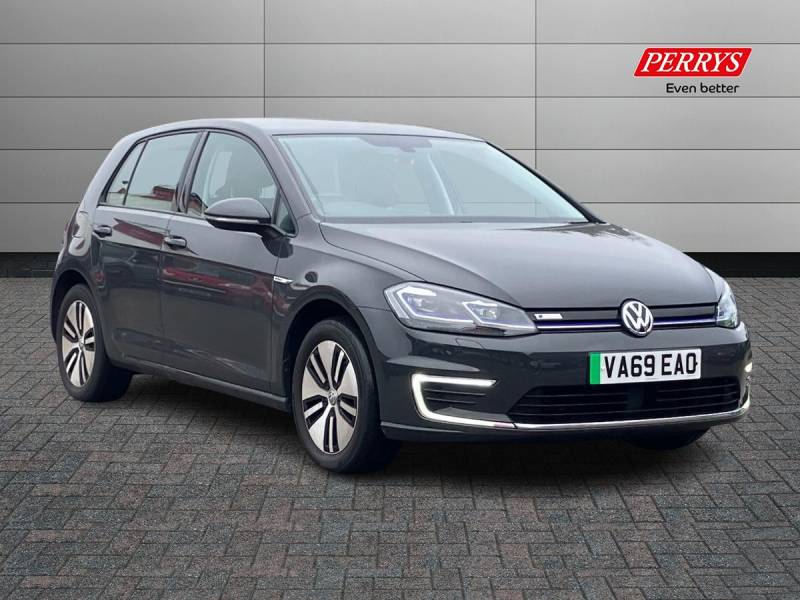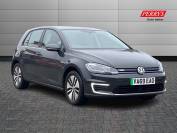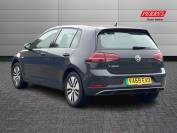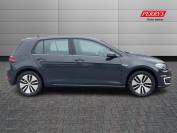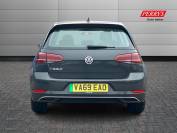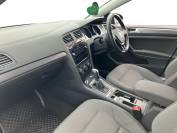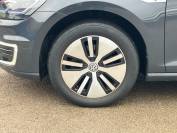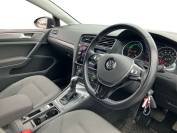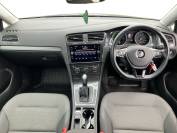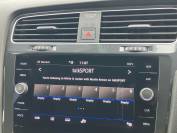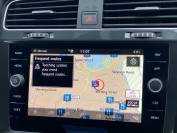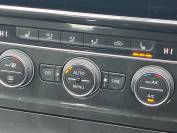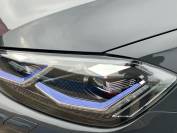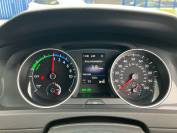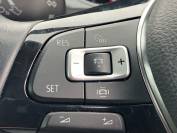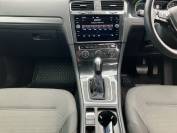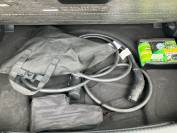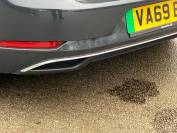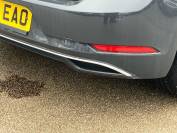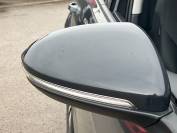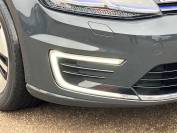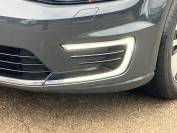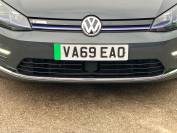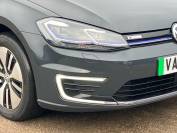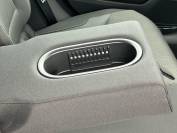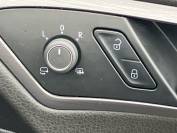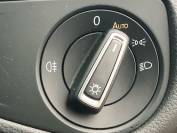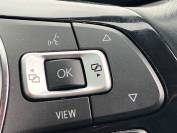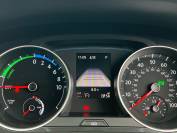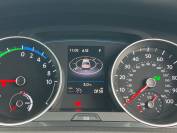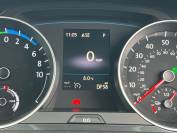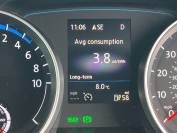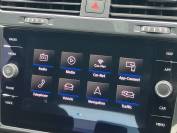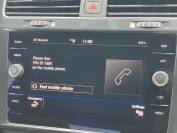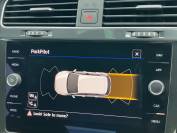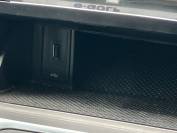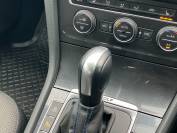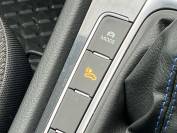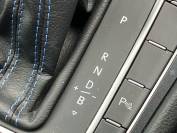VOLKSWAGEN GOLF 2020 (69)
99kW e-Golf 35kWh 5dr Auto Hatchback
Financial Disclosure
Perrys is Authorised and Regulated by the Financial Conduct Authority. (307639 ) Finance Subject to status. Other offers may be available but cannot be used in conjunction with this offer. We work with a number of carefully selected credit providers who may be able to offer you finance for your purchase. Perrys - 500 Pavilion Dr, Northampton NN4 7YJ. Companies House Number:972286. FCA number: 307639 .
Finance
We can introduce you to a limited number of lenders whose finance products will have different commission amounts payable to us for introducing you to them. This may be in the form of a fixed fee, a percentage of the balance financed, or another incentive.
The amount of commission that we expect to receive will be detailed to you clearly when we present you with a finance payment offer sheet. The exact commission amount payable to us will be presented to you once your finance proposal has been accepted, and always in good time before you complete any retail finance documentation with us.
We are a credit broker and will not provide you with impartial advice.
We actively monitor all finance transactions to ensure compliance and maintain transparency in all our dealings.
Any lenders we use will conduct a full credit search to decide if they can offer you finance. This search will show on your credit file and will be seen by other lenders. If the lender is unable to offer you finance, we will try up to three additional lenders, each of whom will record a search on your credit file. If these lenders are unable to offer you a finance agreement, we will then contact you and ask if you wish us to contact further lenders on your behalf.
Finance Products:
We will provide you with information to assist with your funding decision relating to Credit Agreements such as: Hire Purchase, Conditional Sale, Personal Contract Purchase (PCP), Personal Contract Hire (PCH) and Finance Leasing.
We will also send you Finance Product Information / Videos by email.
We do not charge you a fee for our services. Whichever lender we introduce you to, we will typically receive commission from them (either a fixed fee or a fixed percentage of the amount you borrow). A customer may ask for commission disclosure at any time from our initial discussions through to the point when their agreement is set live.
Vehicle Description
Introducing the Volkswagen e-Golf 35kWh 5dr Auto Hatchback – the perfect combination of practicality and performance. With its sleek design and efficient electric powertrain, this vehicle offers an eco-friendly driving experience without compromising on style or comfort. The 99kW electric motor delivers a smooth, responsive ride, while the 35kWh battery provides a reliable range for both city commutes and longer journeys. The spacious five-door hatchback design ensures plenty of room for passengers and cargo, making it ideal for daily use. Equipped with modern features and the latest technology, the e-Golf offers a quiet, smooth, and enjoyable ride, all while helping you reduce your carbon footprint. Experience the future of driving today with the Volkswagen e-Golf.
Vehicle Specification

Annual Road Tax £195
Insurance Group 26E
ULEZ Compliant




